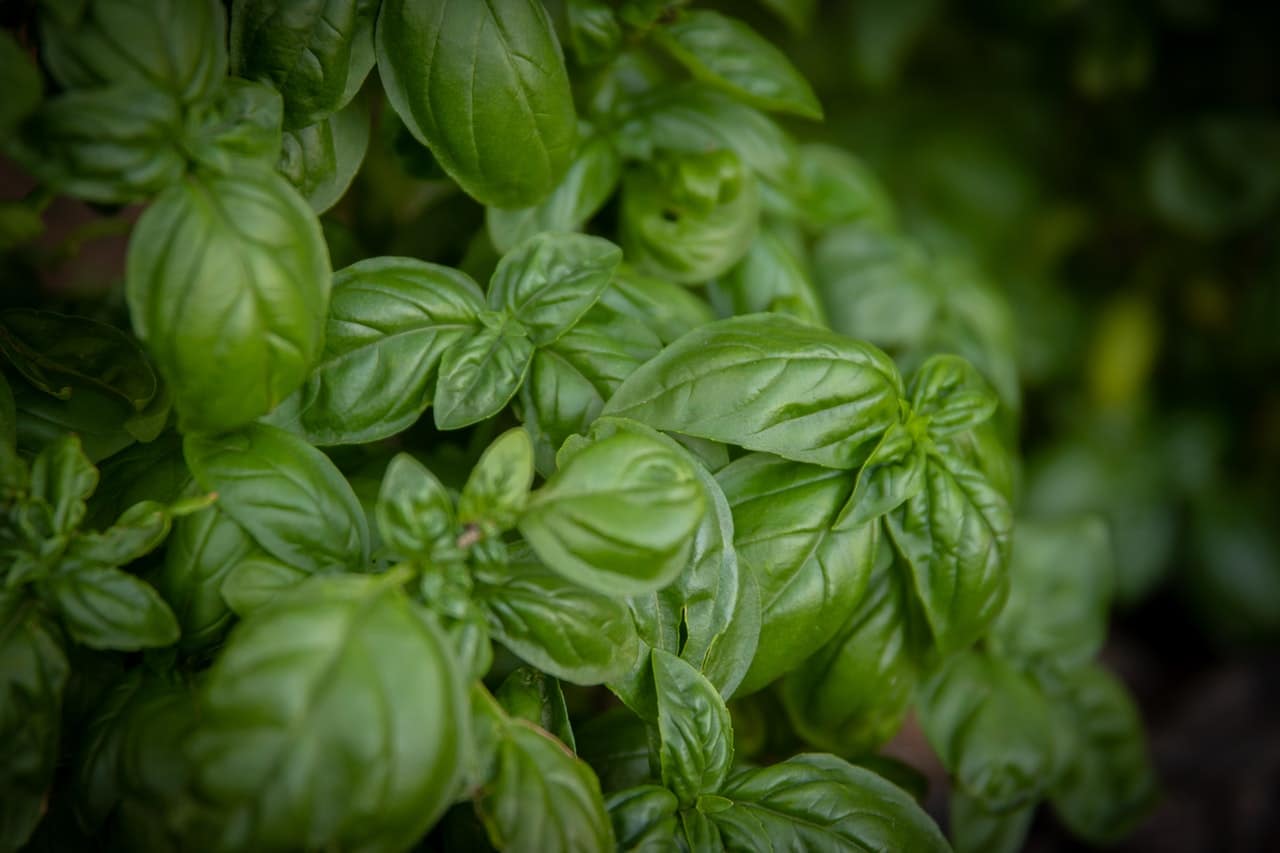
One of the most common aromatic plants in homes is basil, as well as being one of the fundamental ingredients for any recipe. In the post you're on right now, We are going to tell you everything you need to know about this plant, properties, types and above all we will discuss what care basil requires.
Basil is a seasonal plant whose origin is found in India, Iran and other regions of Asia. The basic care required by this type of plant is the same whether it is in a pot or planted in the ground. The difference lies in the characteristics of the elements that accompany it, that is, the substrate, and an area isolated from the rest of the plants.
This aromatic herb, it is grown during the warmer months of the year, spring and summer, as it grows best in warm temperatures. In addition, it serves as a repellent of mosquitoes and other types of insects, acting as a protective barrier for other types of plants, both decorative and flowering. Basil has many curiosities behind it, which we will get to know below.
What is basil?
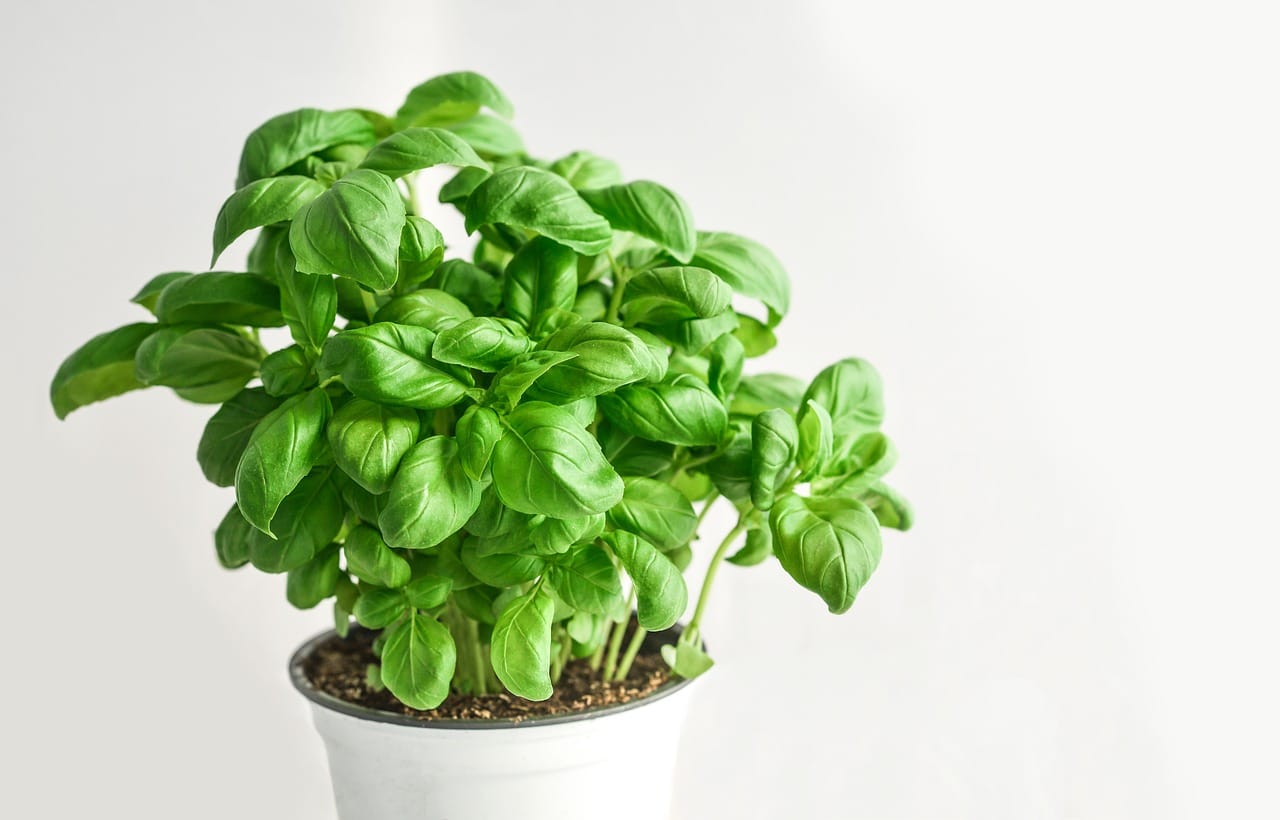
It belongs to the Lamiaceae family, they are flowering plants of which we can find a large number of different genera and species. Basil specifically belongs to the genus Ocimum, a species typical of warm climates. The specific species is known as Ocimum basilicum.
It is a seasonal perennial plant, which does not reach a great height, but width. Its stems are covered by oval leaves of an intense green color of various sizes.
There are different varieties of basil, some of the most common abound in Mediterranean regions. On the Asian continent, the varieties that can be found are even more, reaching species with very different and intense flavors.
Basil Origins

The history behind this plant is a bit uncertain, since there are sources that indicate that it was a known plant that was cultivated thousands of years ago. As we have previously pointed out, it is a plant native to tropical climates that occur in different regions of Asia.
To the European continent, it arrives through trade routes from India. Soon, the cultivation of this type of plant would settle in areas of the Mediterranean. Basil leaves were used as one more ingredient in the kitchen, but also as a medicinal and ritual remedy.
Today, the cultivation of this type of plant has spread to many areas of the world thanks to its good development and its various functions.
types of basil
In this section, we are going to talk about the most common basil varieties, one of the most used aromatic plants in gastronomy and that we can easily find in any greenhouse or garden store to plant it in our house.
Sweet basil

One of the most popular varieties and the most used in the kitchen. The leaves of this variety are intense green, as well as tender and highly aromatic. In this case, they reach between 12 or 18 centimeters in height.
Genovese basil
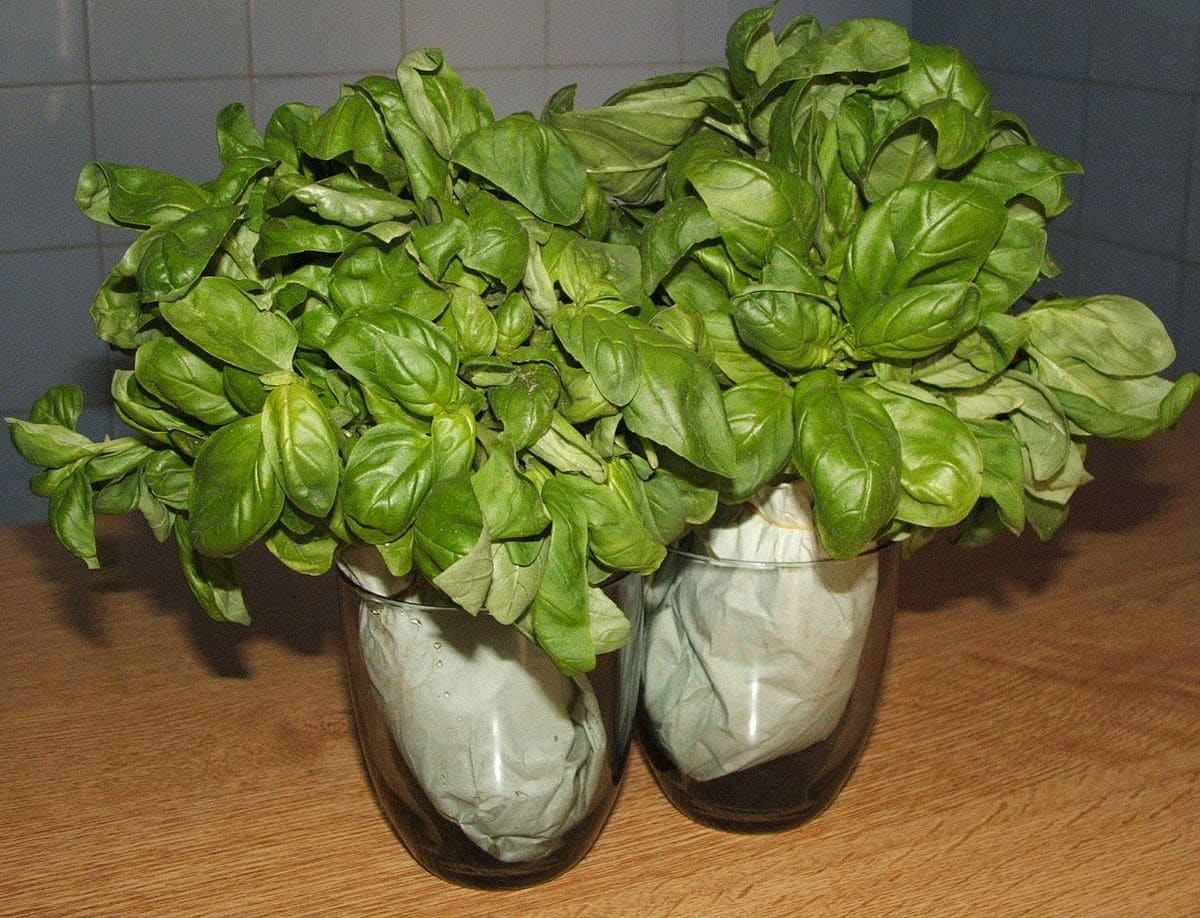
https://es.wikipedia.org/
The main characteristic of this variety is the shape of its leaves, flat and dotted. The flavor of its leaves, in addition to being aromatic, has a slight itching, which makes it a very common variety in Italian cuisine.
thai basil
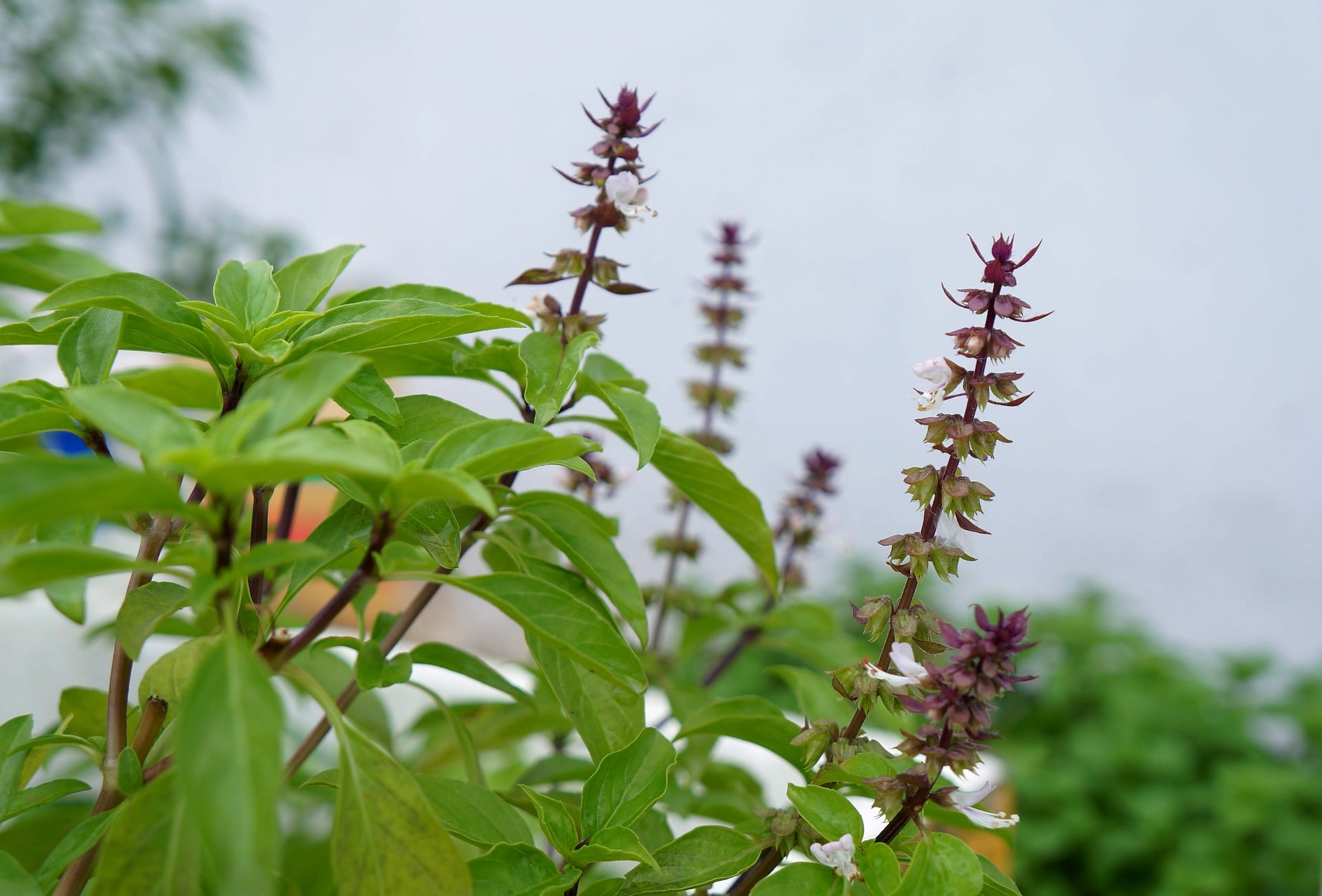
https://plantasyflores.online/
It is found in areas of Southeast Asia, it is a very popular ingredient in its cuisine. Thai basil has a very peculiar liquorice flavor. Both the stems and the leaves of this type of basil are very peculiar due to their purple tones. It is advisable to use it the fresher the better, since it loses its peculiar aroma.
Neapolitan basil
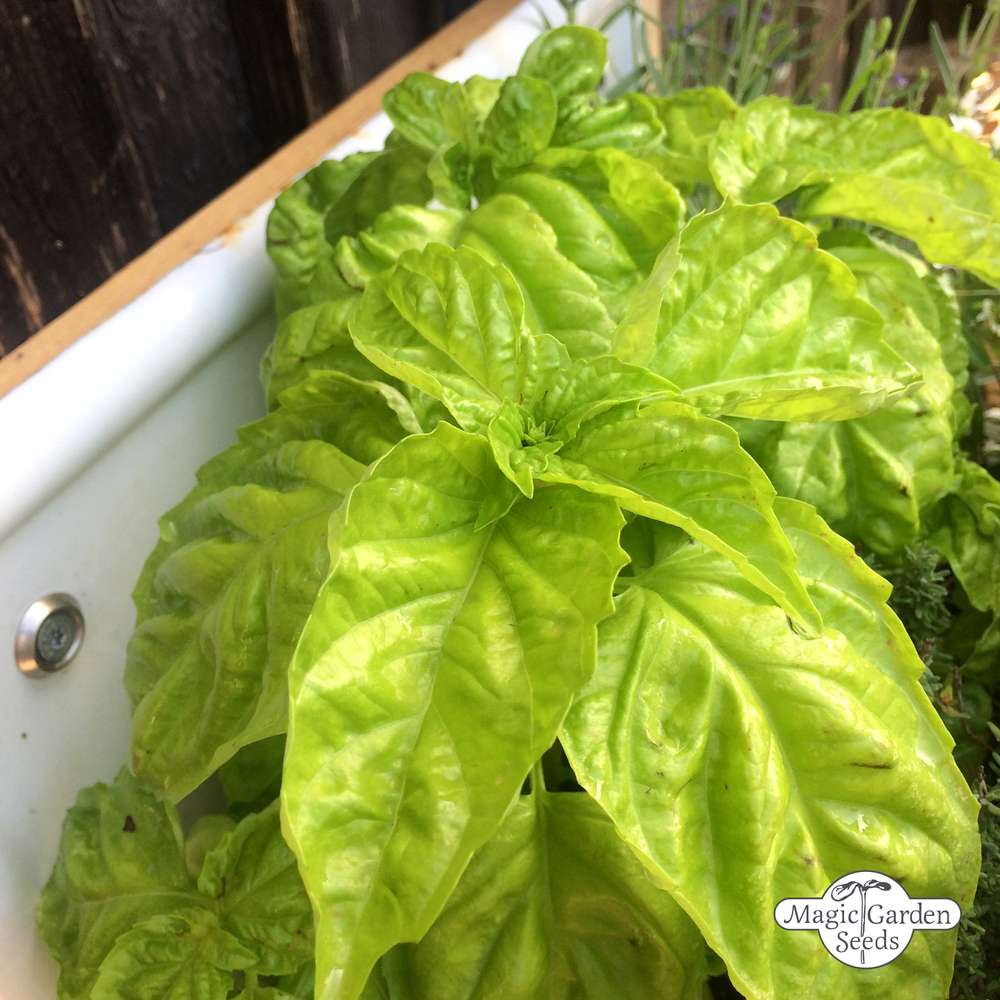
https://www.magicgardenseeds.es/
As its name indicates, it has its origin in Italy, more specifically in the region of Naples. The leaves of this variety of basil are large and are used in Italian dishes such as soups, meat or fish. A peculiarity that distinguishes it from other varieties apart from the size of the leaves is that it has a spicy flavor.
lemon basil
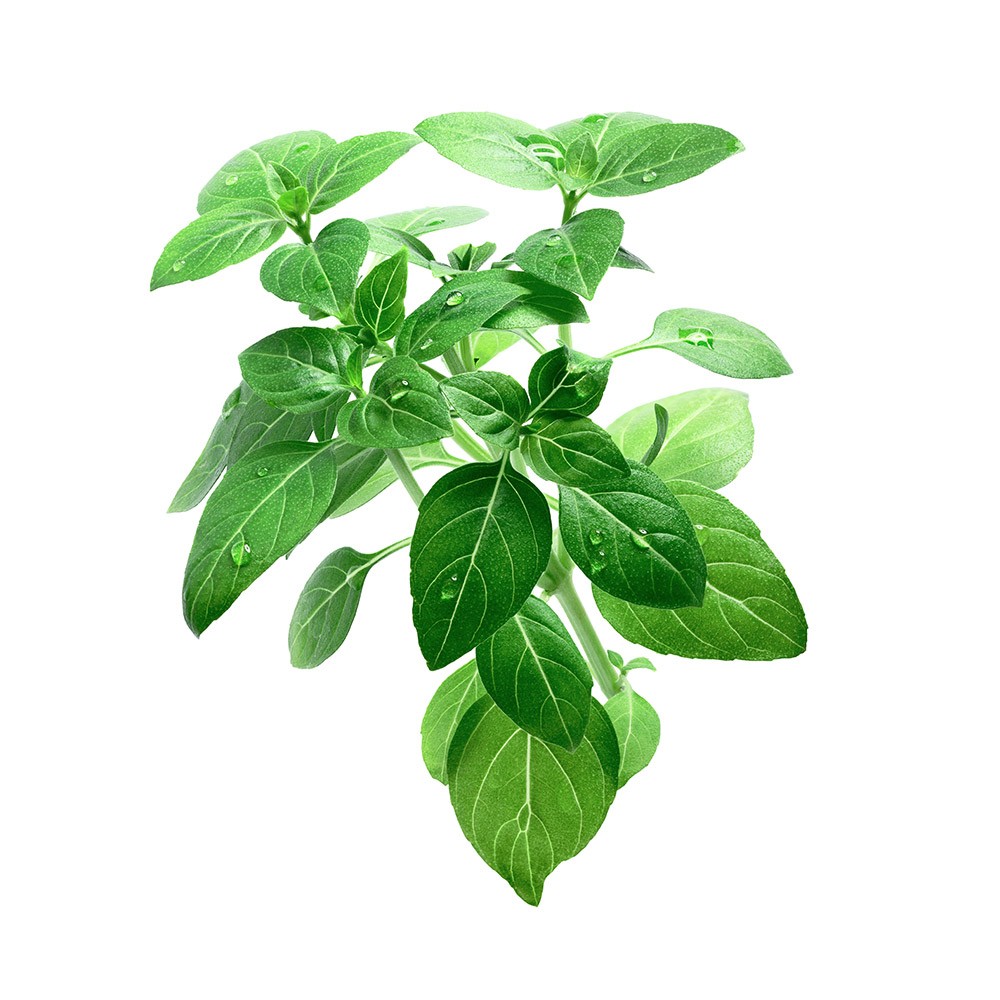
https://www.elhuertodelabuelo.es/
Another of the most characteristic varieties that we can find in our country is lemon basil. The leaves are tender and with a very powerful light green color, they can reach between 20 or 24 centimeters in height. It is used as a condiment to add a touch of lemon to dishes or drinks.
lime basil

https://naturnoa.com/
Similar to the view above, It is another of the most flavorful varieties that can be found, a very special citrus flavor. To grow this variety, you must do it in a place that receives light for at least six hours a day, so that the plant grows and develops without any problem.
greek basil

Finally, we bring you this variety, the Greek basil, a plant of only 8 or 10 centimeters, which makes it one of the smallest that can be found. Its leaves have pointed shapes and serve as an accompaniment to meat dishes, fish, vegetable dishes or even soups.
What care does basil require?
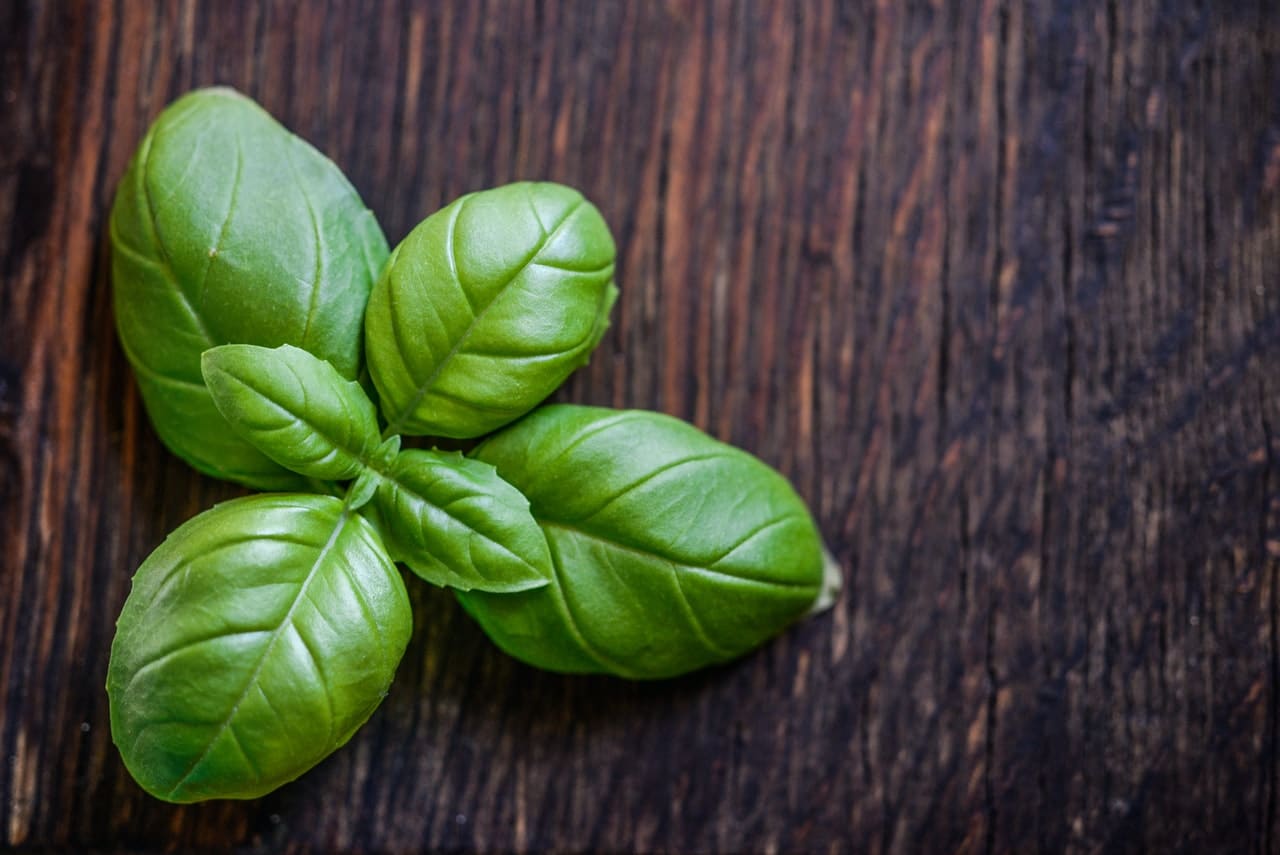
If you decide to have this type of plants in your garden or at home, you must be aware first of all that it is a seasonal plant, so when the end of its life cycle arrives, it will dry up until it dies.
This cycle that we are talking about begins when the autumn season begins. When the temperatures begin to drop, the basil will gradually wilt.. Taking into account what we have just mentioned, when caring for these plants you must pay attention to different factors.
To start planting and caring for basil, the ideal is to do so by preparing a seedbed. This would be done if basil seeds are purchased and not the already flowered plant. If you do not have a seedbed at your disposal, you can also do it without problem in a pot or in a planter. A tip that we give you if you are going to do it on a pot, is that its diameter is greater than 12 centimeters, the larger, without being excessive, the better. This is because the plant tends to grow wide.
The second aspect to keep in mind is the type of substrate to be used at the time of planting. In the event that you are going to do it in nurseries, there is a substrate indicated for it, if you cannot find it you can substitute it with a specific one for this type of plants. Fill the substrate container without pressing it, you should leave it moderately loose and pour plenty of water into it.
The seeds that you place in the container that you are going to use must be distributed over the entire surface, you must be separated. In the event that the plant is already grown, make sure that the height at which it remains is the ideal one to cover it with substrate. The roots require proper oxygenation, so they should not be crowded.
You must water carefully, so that the force of the water does not make furrows or land displacements. The substrate must always be moist, so you must be aware of how often you have to water these plants. If your plant is indoors, you will surely have to water it daily, if it is outdoors it may be less frequently.
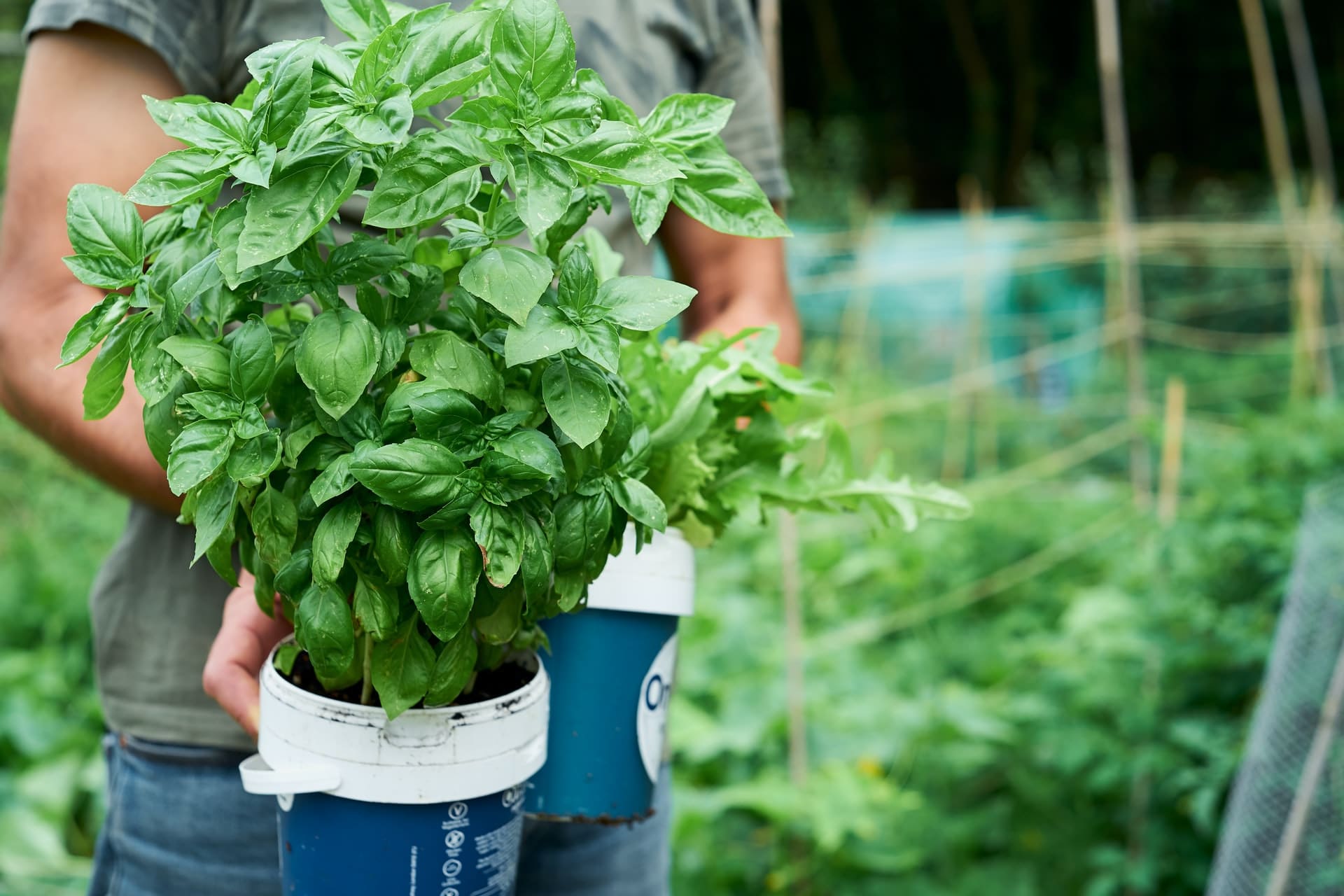
Sunlight is essential for their development, they need warm temperatures, hence it is a hot season plant. Place the seedbed, or pot, in an area where it receives direct sunlight, but does not receive air.
If you maintain both the humidity and the temperature indicated from the beginning, the plant will grow and developing without any problem. In the case of seeds, germination will begin shortly and the first greens will begin to appear.
As soon as your basil plant has two or three pairs of green leaves, it is time to transplant it to a pot of the measures indicated at the beginning of this section. You must be very careful when doing this process, avoiding damaging both the leaves and the roots. The substrate you use can be universal or from outdoor plants.
One last piece of care advice that we give you is that you must learn to prune it in the correct way. It must be done regularly and in different ways, depending on whether it has suffered damage, lack of light or if we want to harvest. As a general rule, this plant is usually pruned at the time of harvest or for sanitation reasons.
You can perform a gradual cut if you want to harvest the leaves for cooking or other purposes. To do this, we advise you to cut the stem, leaving about 10 centimeters so that it can regenerate. If, on the other hand, you want a total cut the bush of the plant should be pruned about 10 or 15 centimeters from the ground where it is planted.
Basil can suffer from diseases, pest attacks, cold damage, etc., which causes our plant to dry out or even die. In these cases, it is advisable to sanitize the parts of the affected plant, clean the surroundings of the soil for better aeration and provide food, fertilizer to stimulate growth and regeneration.
In short, we can say that the basil plant is governed above all by three main rules; lots of light and warm temperatures, no flooding, but humidity and regular pruning for sanitation.
Although as we have seen, one of the main uses of basil is aromatization and its use in gastronomy, it also has properties to improve health and as an anti-mosquito repellent. This makes basil essential in our home.